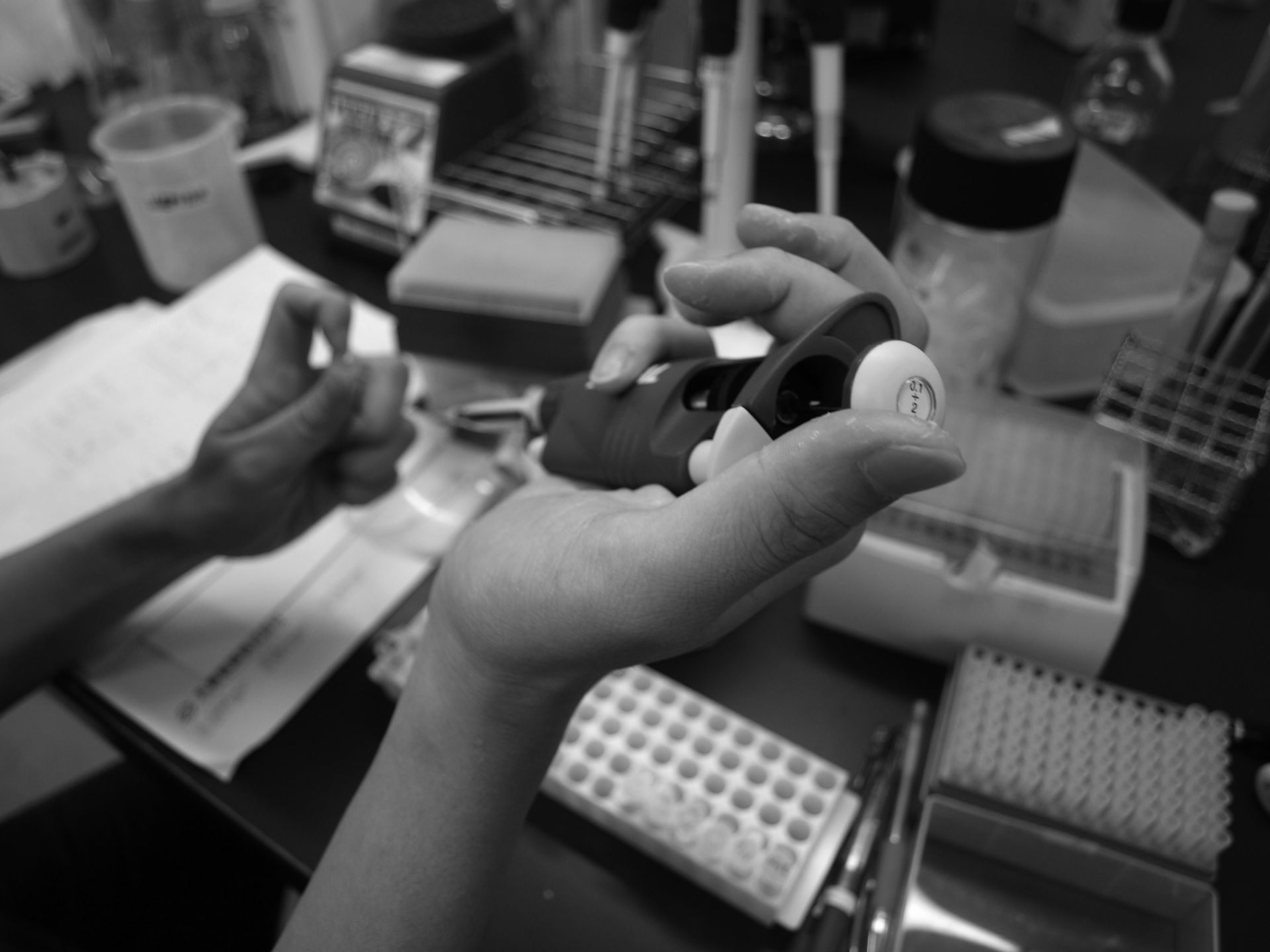Team:KIT-Kyoto/Test/Safety
From 2014.igem.org



Safety
1. Your Training
- Have your team members received any safety training yet?
- Please briefly describe the topics that you learned about (or will learn about) in your safety training.
- Please give a link to the laboratory safety training requirements of your institution (college, university, community lab, etc). Or, if you cannot give a link, briefly describe the requirements.
Yes, we have already received safety training.
We have recieved a lecture by KIT staff for half a day.It was about gene operation,gene conservation and the way of disposing the recombinants.
2. Your Local Rules and Regulations
- Who is responsible for biological safety at your institution? (You might have an Institutional Biosafety Committee, an Office of Environmental Health and Safety, a single Biosafety Officer, or some other arrangement.) Have you discussed your project with them? Describe any concerns they raised, and any changes you made in your project based on your discussion.
- What are the biosafety guidelines of your institution? Please give a link to these guidelines, or briefly describe them if you cannot give a link.
- In your country, what are the regulations that govern biosafety in research laboratories? Please give a link to these regulations, or briefly describe them if you cannot give a link .
The charge of biological safety is professor Masanobu Ito.We had a discussion and our plan was OK,so we didn't have to change our plan.
3. The Organisms and Parts that You Use
| Species name (including strain) | Risk Group | Risk Group Source | Disease risk to humans? | Part number/name | Natural function of part | How did you acquire it? | How will you use it? |
|---|---|---|---|---|---|---|---|
| d-limonene synthase gene(Citrus unshu) | 1 | NIH Guidenines | no risks | AB110636/CuMTSE1 | Synthase d-limonene | We got it from Dr.Shimada, NARO(National Agriculture and Food Research Organization) | Inserting it into Escherichia coli |
| gamma-terpinene synthase gene(Citrus unshu) | 1 | NIH Guidenines | no risks | AB110639/CuMTS3 | Synthase gamma-terpinene | We got it from Dr.Shimada, NARO(National Agriculture and Food Research Organization) | Inserting it into Escherichia coli Inserting it into Escherichia coli |
| beta-pinene synthase gene(Citrus unshu) | 1 | NIH Guidenines | no risks | AB110641/CuMTS62 | Synthase beta-pinene | We got it from Dr.Shimada, NARO(National Agriculture and Food Research Organization) | Inserting it into Escherichia coli |
4. Risks of Your Project Now
- Risks to the safety and health of team members, or other people working in the lab:
- Risks to the safety and health of the general public (if any biological materials escaped from your lab):
- Risks to the environment (from waste disposal, or from materials escaping from your lab):
- Risks to security through malicious mis-use by individuals, groups, or countries:
- What measures are you taking to reduce these risks? (For example: safe lab practices, choices of which organisms to use.)
Pinene and limonene are mucosal irritative substances,so they may affect people in the lab.
When we show the parts to the children who take part in our open campus,they might accidentlly lick and intake it.
Water is polluted by waste disposal.
If strangers contaminate the sample,we might be unable to keep it under control.
a)We ventilate our lab regularly.
b)We warn children not to take in our lab in advance.
c)We make sure that we do not flush the waste down the drain and do not fail to take it to the disposal center.
d)We pay attention to lock the door of our lab.
b)We warn children not to take in our lab in advance.
c)We make sure that we do not flush the waste down the drain and do not fail to take it to the disposal center.
d)We pay attention to lock the door of our lab.
5. Risks of Your Project in the Future
- What new risks might arise from your project's growth? (Consider the categories of risk listed in parts a-d of the previous question: lab workers, the general public, the environment, and malicious mis-uses.) Also, what risks might arise if the knowledge you generate or the methods you develop became widely available?
- Does your project currently include any design features to reduce risks? Or, if you did all the future work to make your project grow into a popular product, would you plan to design any new features to minimize risks? (For example: auxotrophic chassis, physical containment, etc.) Such features are not required for an iGEM project, but many teams choose to explore them.
- If you are completing a Preliminary Version of your Safety Form, use this space to describe how far you have progressed in your project, and give some comments about any questions that you left blank.
You can also use this space for any other comments or additional material.
We are planning to make an ink which contains E.coli.The ink contains E.coli to transduce the part we developed into.If children lick the pen,they might intake E.coli mistakenly.
By using PCR,we amplified the number of the three kinds of copies of the domain of DNA which synthase d-limonene synthase,gamma-terpinene synthase,beta-pinene synthase respectively.After that we inserted each parts into the plasmid DNA.
 "
"
